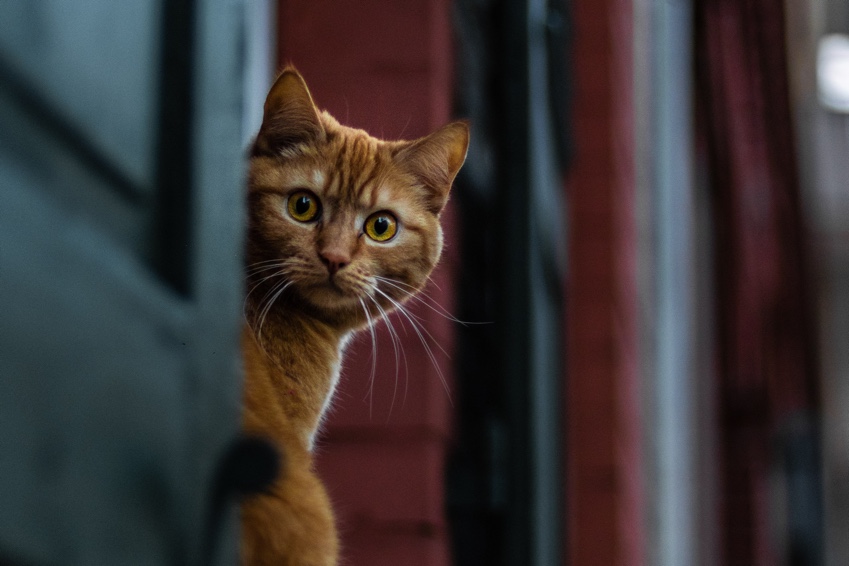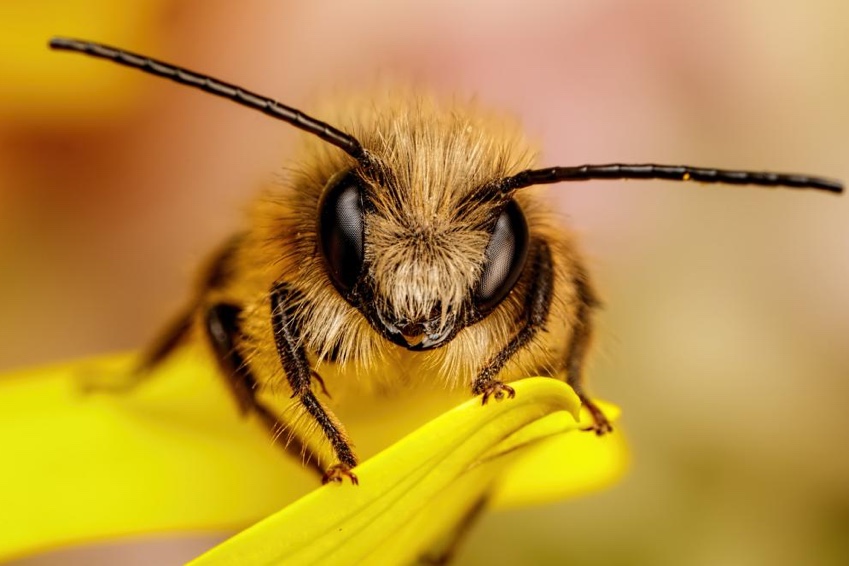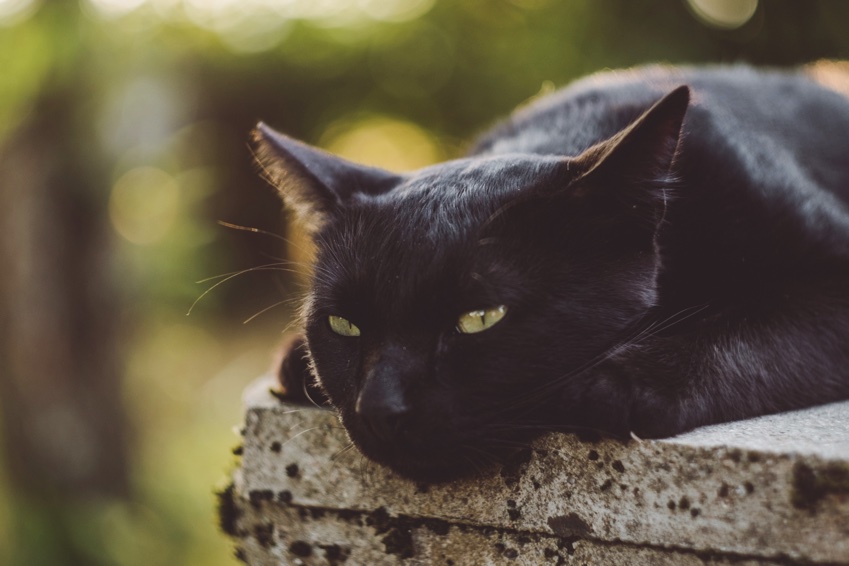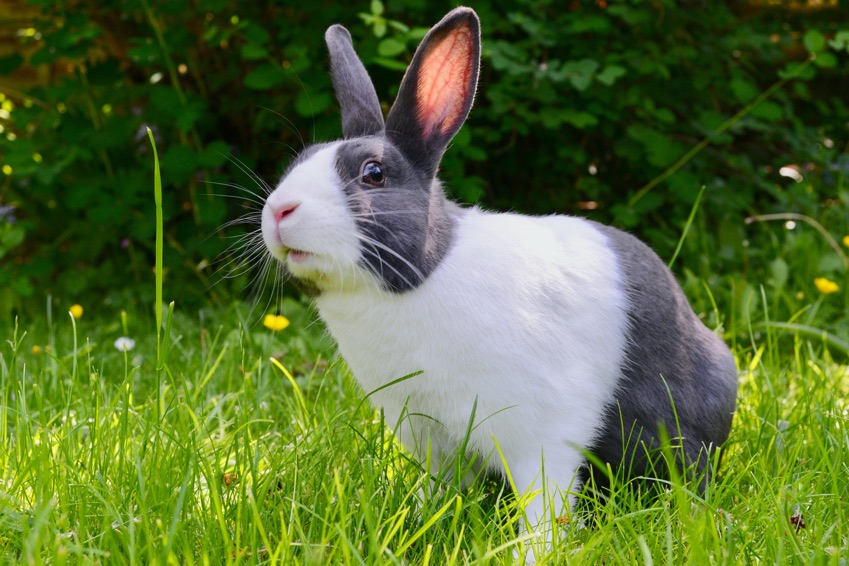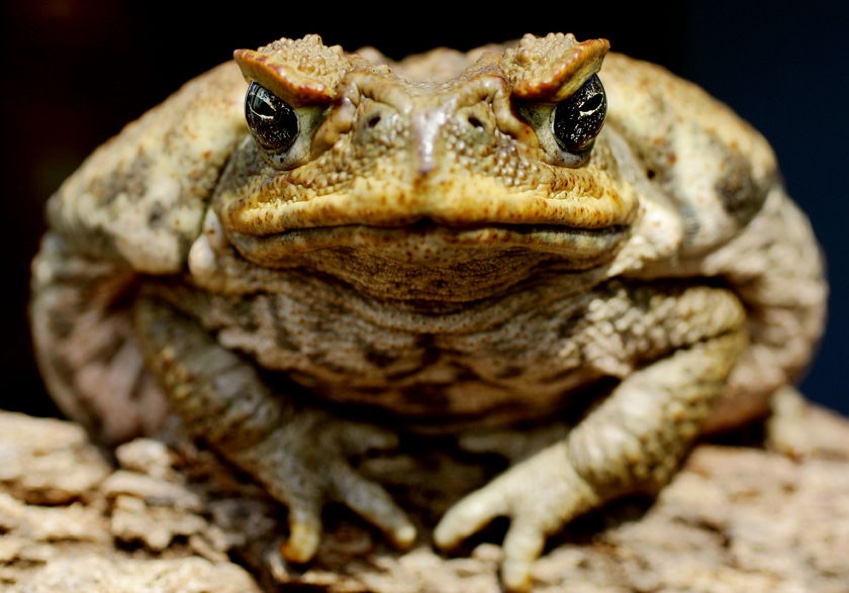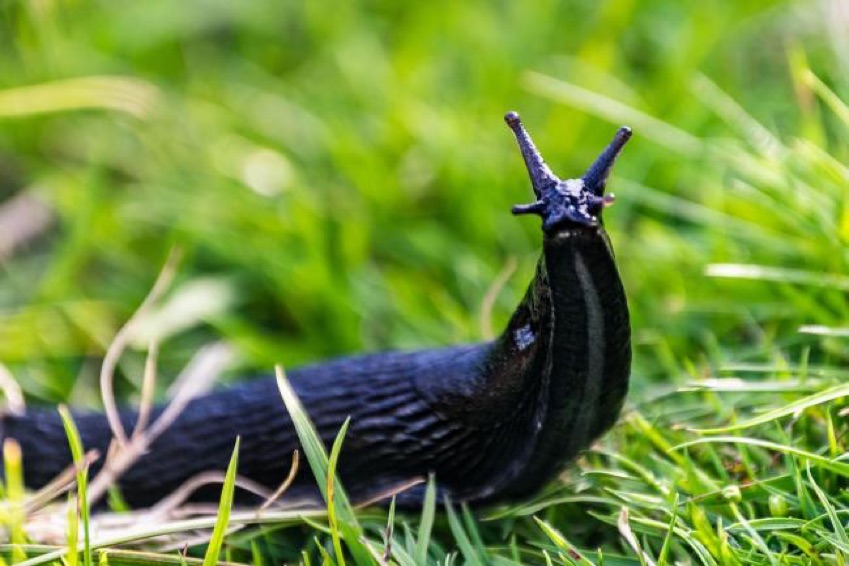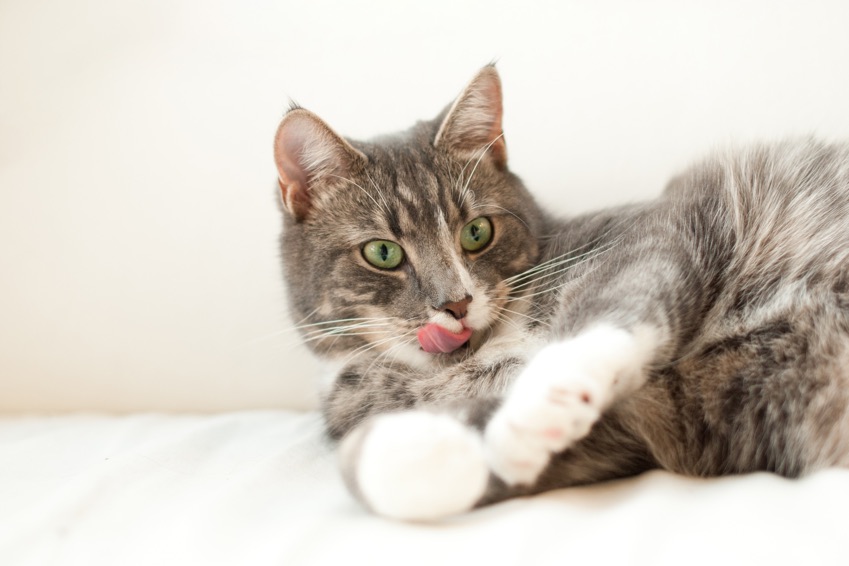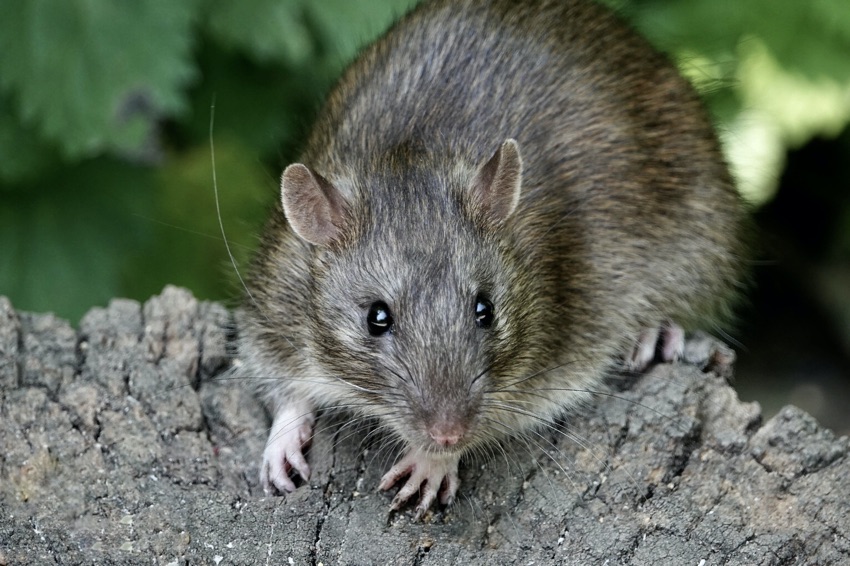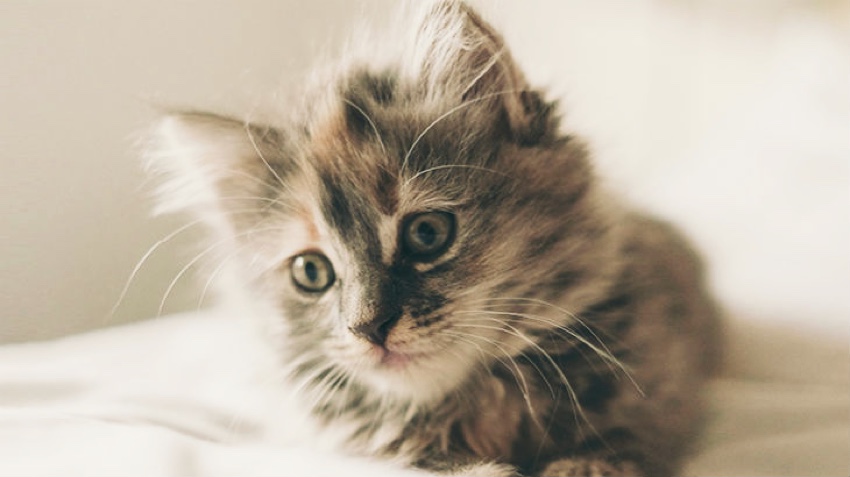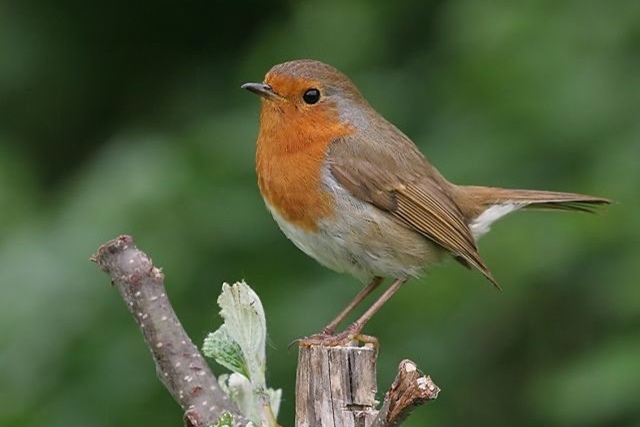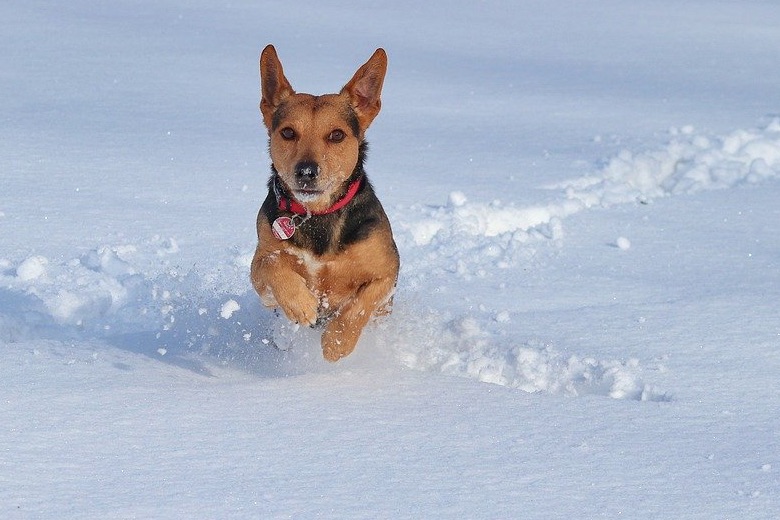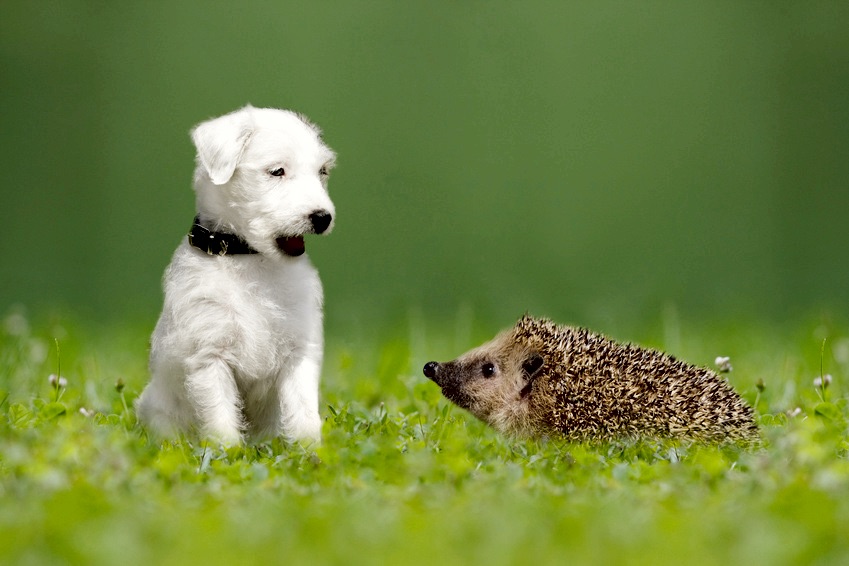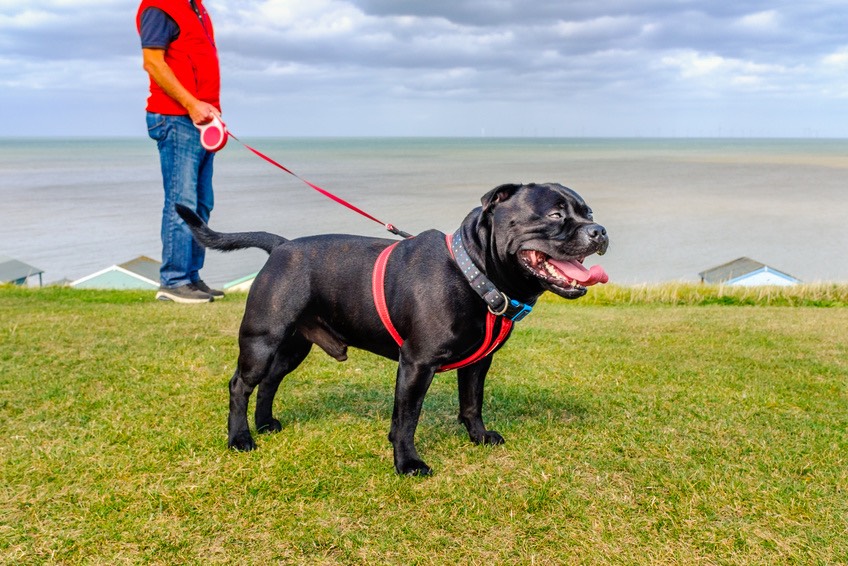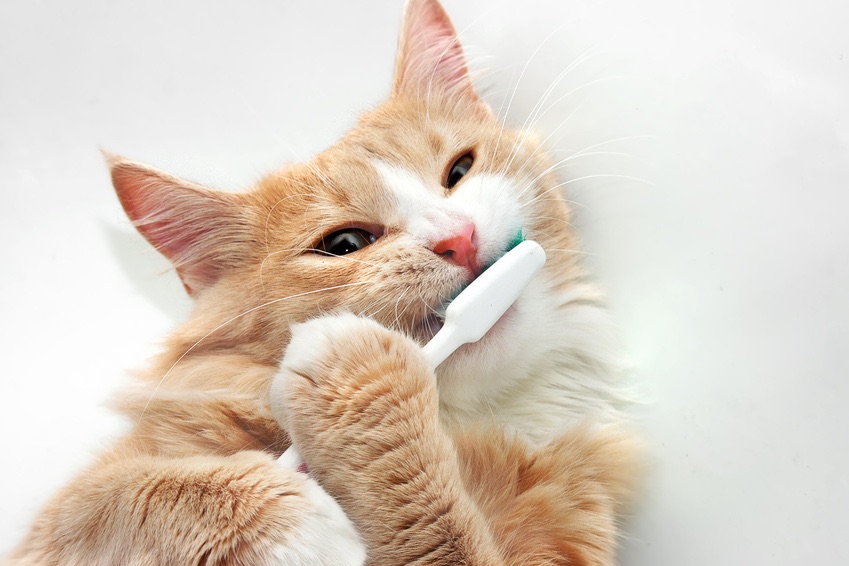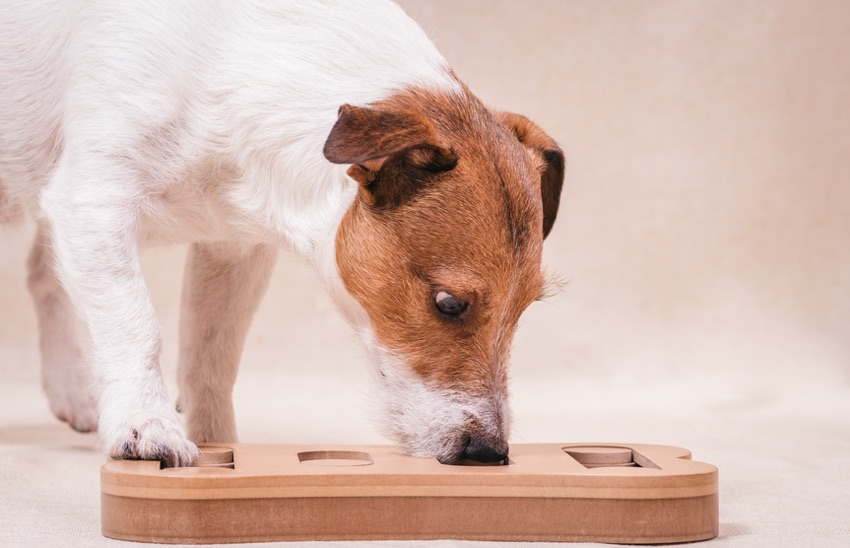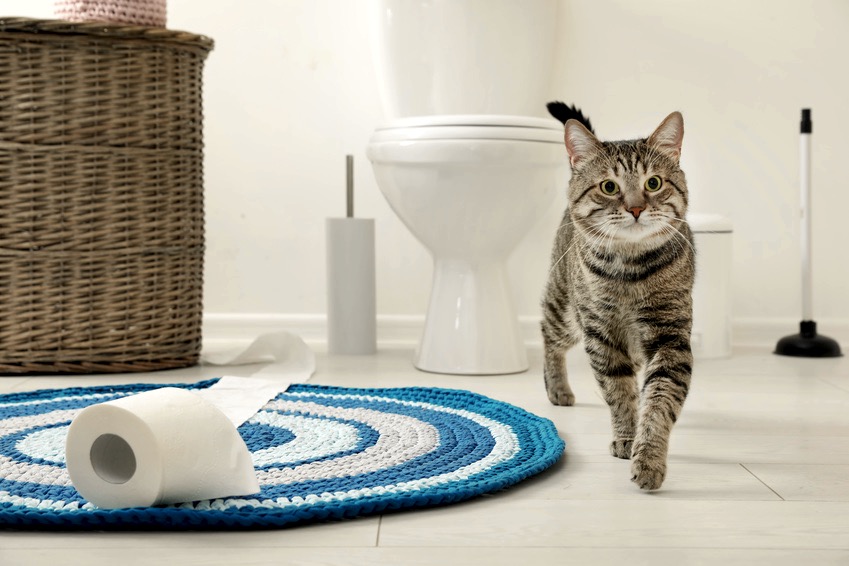Snakes are some of the most understood beasties of them all. They make fantastic pets! They perhaps get a bit of a bad rap thanks to their slimy, slithery nature, and the fact that some of them have a bit of a nasty nip – however, there are plenty of snakes in the wild in the UK which are perfectly harmless. The grass snake, for instance, is one of the nicest snakes you’ll come across. However, as there are other snakey slitherers out there which can pose a problem to our pets, it’s worth knowing what to look out for.
Grass snakes tend to be pretty timid on the whole, and you’ll generally find them popping up in wet grass and meadows, and some will even find them in compost piles! They actually have plenty of predators, with cats being amongst them. On the whole, according to the Wildlife Trusts, grass snakes are most likely to play dead rather than attack. However, as there are some snakes which bite and cause problems, it’s worth knowing whether you are tangling with a grass snake or an adder.
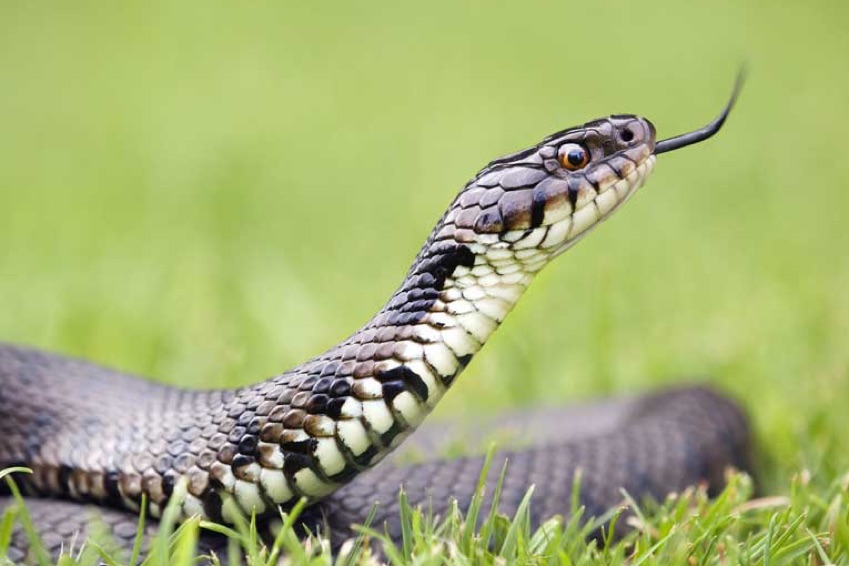
Grass snakes tend to be pretty chunky on the whole but are defensive to the extent where they will emit odours and pretend to be dead. You’ll likely find these critters slithering near ponds, and they tend to be green or grey in colour. They have a series of scales down their backs which are darker in colour, and you will normally find that they have yellow bands towards their heads.
This isn’t at all to say that a grass snake won’t attack if absolutely desperate. Therefore, a dog or cat is likely to feel plenty of pain if a snake gives them a nibble. It’s probably best to keep your eyes peeled for long grass and areas near water during May and June, as these snakes tend to start emerging from the spring onwards. While a grass snake isn’t going to transfer any poison, it could still cause an infection in your pet if a wound is left untreated for a long period of time.
Adders, meanwhile, are much more dangerous, as they will attack, and will poison your pets given half a chance. These snakes tend to be a lot smaller than grass snakes and will be much slimmer. They also have v-markings towards the tops of their heads and tend to prefer drier areas to grass snakes.
If you’re worrying about snake bites at all, be sure to take routes you know well when walking your pets. There is certainly nothing to say that you shouldn’t explore new areas on your walks, but it’s worth remembering to be vigilant. With cats who go out and about regularly, simply be vigilant to check them over whenever they return home.
It can sometimes be tricky to check out snake bites on pets, as they can occur in some of the tightest nooks and crannies. Some dogs and cats won’t cause a fuss, which means it’s always worth checking out your pets regularly for marks and bites. Otherwise, if you have any concerns whatsoever that your pet has had a snake encounter, you must approach your vet as soon as possible. In the case of an adder attack, the poison can be deadly to the point of it being fatal.
On the whole, a grass snake is unlikely to be a threat to humans or pets. However, it pays to be vigilant. Try to get your dog to move on if you spot a slitherer and give your cat a bit of TLC too when they come in from daily exercise! ![]()
 blog
blog

